Brian Chu
Leveraging Large Language Models in Conversational Recommender Systems
May 16, 2023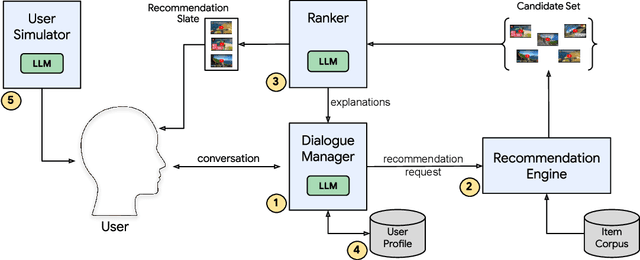
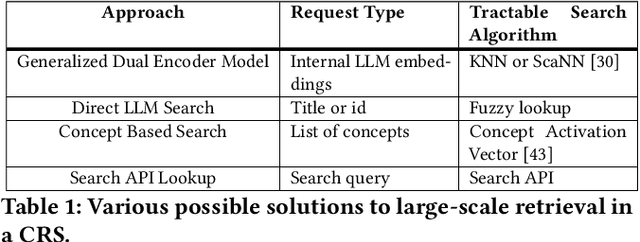
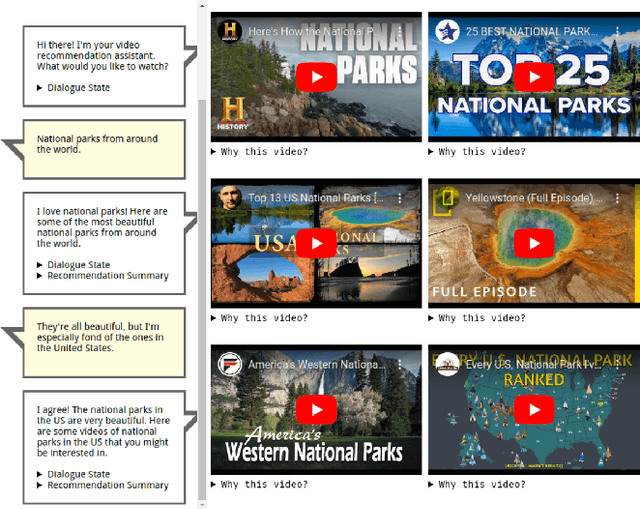

Abstract:A Conversational Recommender System (CRS) offers increased transparency and control to users by enabling them to engage with the system through a real-time multi-turn dialogue. Recently, Large Language Models (LLMs) have exhibited an unprecedented ability to converse naturally and incorporate world knowledge and common-sense reasoning into language understanding, unlocking the potential of this paradigm. However, effectively leveraging LLMs within a CRS introduces new technical challenges, including properly understanding and controlling a complex conversation and retrieving from external sources of information. These issues are exacerbated by a large, evolving item corpus and a lack of conversational data for training. In this paper, we provide a roadmap for building an end-to-end large-scale CRS using LLMs. In particular, we propose new implementations for user preference understanding, flexible dialogue management and explainable recommendations as part of an integrated architecture powered by LLMs. For improved personalization, we describe how an LLM can consume interpretable natural language user profiles and use them to modulate session-level context. To overcome conversational data limitations in the absence of an existing production CRS, we propose techniques for building a controllable LLM-based user simulator to generate synthetic conversations. As a proof of concept we introduce RecLLM, a large-scale CRS for YouTube videos built on LaMDA, and demonstrate its fluency and diverse functionality through some illustrative example conversations.
Parsing Birdsong with Deep Audio Embeddings
Aug 20, 2021



Abstract:Monitoring of bird populations has played a vital role in conservation efforts and in understanding biodiversity loss. The automation of this process has been facilitated by both sensing technologies, such as passive acoustic monitoring, and accompanying analytical tools, such as deep learning. However, machine learning models frequently have difficulty generalizing to examples not encountered in the training data. In our work, we present a semi-supervised approach to identify characteristic calls and environmental noise. We utilize several methods to learn a latent representation of audio samples, including a convolutional autoencoder and two pre-trained networks, and group the resulting embeddings for a domain expert to identify cluster labels. We show that our approach can improve classification precision and provide insight into the latent structure of environmental acoustic datasets.
Identifying Decision Points for Safe and Interpretable Reinforcement Learning in Hypotension Treatment
Jan 09, 2021

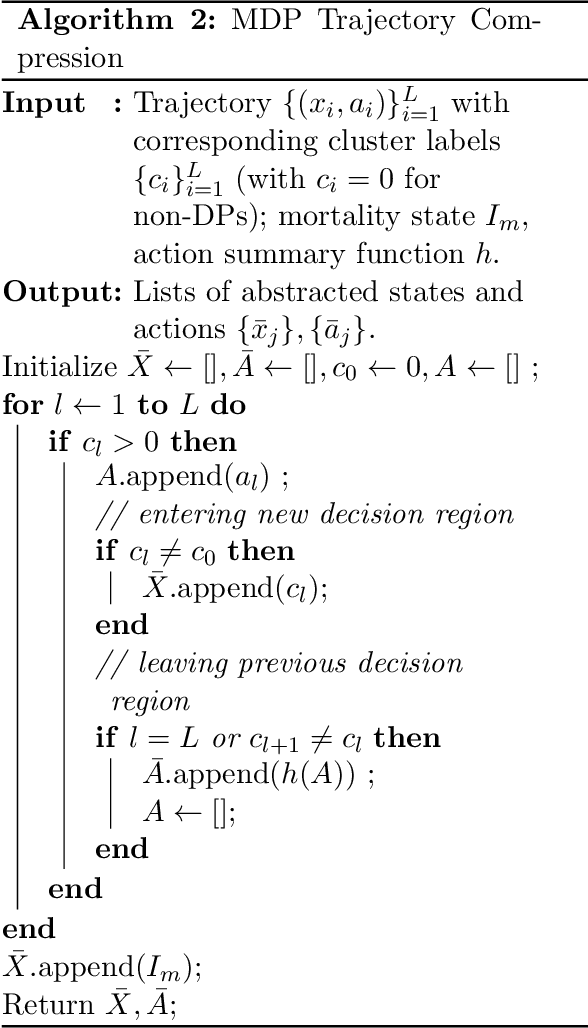
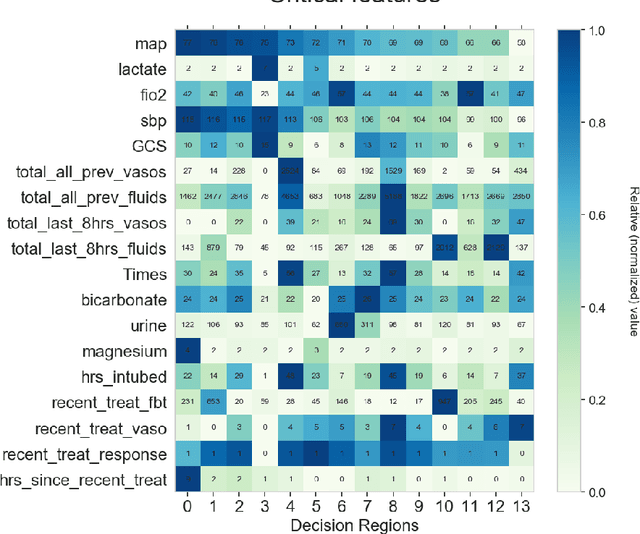
Abstract:Many batch RL health applications first discretize time into fixed intervals. However, this discretization both loses resolution and forces a policy computation at each (potentially fine) interval. In this work, we develop a novel framework to compress continuous trajectories into a few, interpretable decision points --places where the batch data support multiple alternatives. We apply our approach to create recommendations from a cohort of hypotensive patients dataset. Our reduced state space results in faster planning and allows easy inspection by a clinical expert.
Visualizing Residual Networks
Jan 09, 2017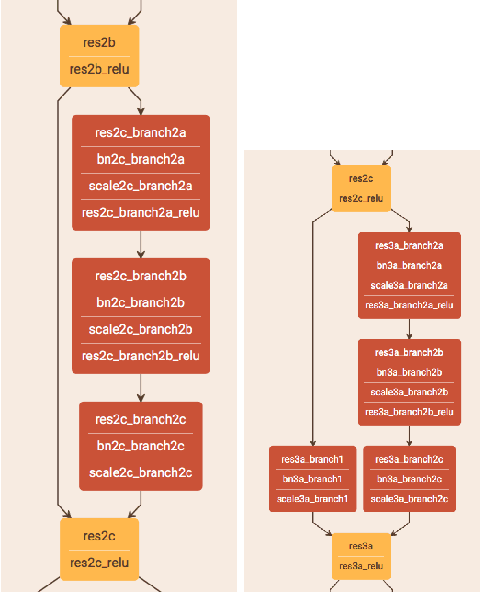
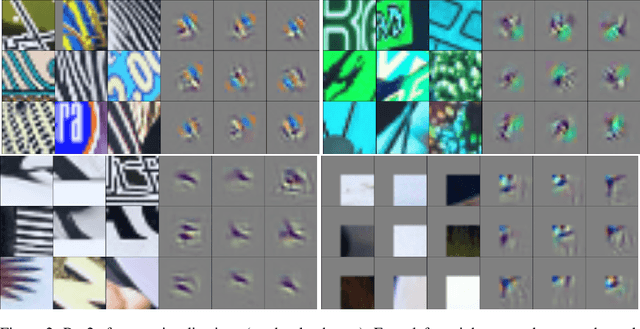
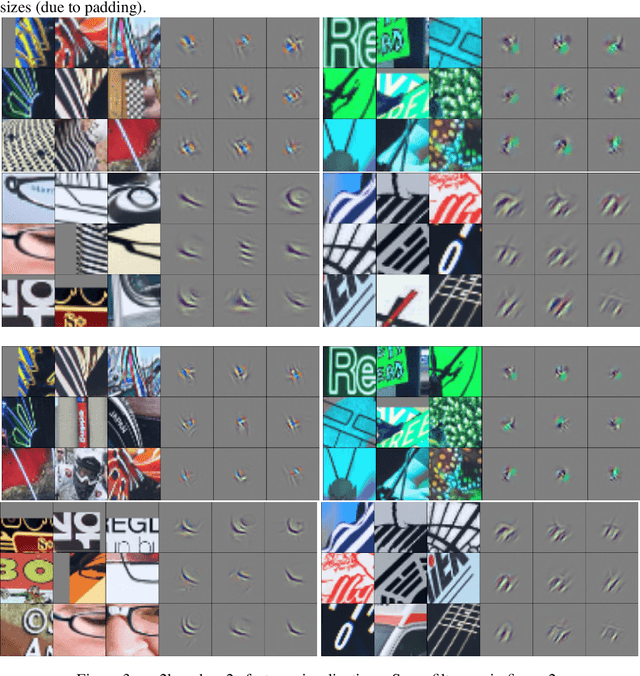
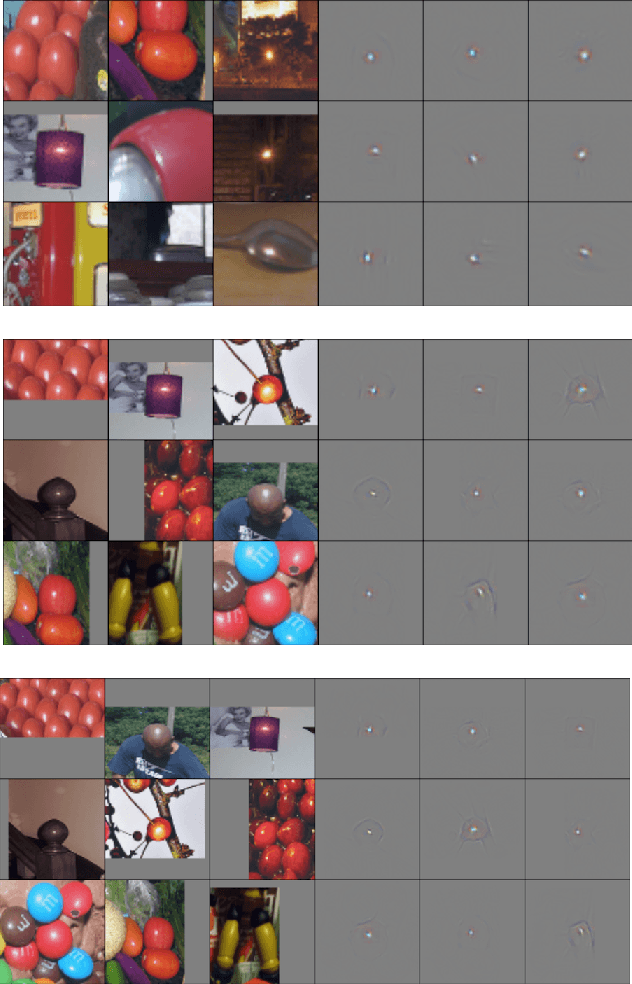
Abstract:Residual networks are the current state of the art on ImageNet. Similar work in the direction of utilizing shortcut connections has been done extremely recently with derivatives of residual networks and with highway networks. This work potentially challenges our understanding that CNNs learn layers of local features that are followed by increasingly global features. Through qualitative visualization and empirical analysis, we explore the purpose that residual skip connections serve. Our assessments show that the residual shortcut connections force layers to refine features, as expected. We also provide alternate visualizations that confirm that residual networks learn what is already intuitively known about CNNs in general.
 Add to Chrome
Add to Chrome Add to Firefox
Add to Firefox Add to Edge
Add to Edge